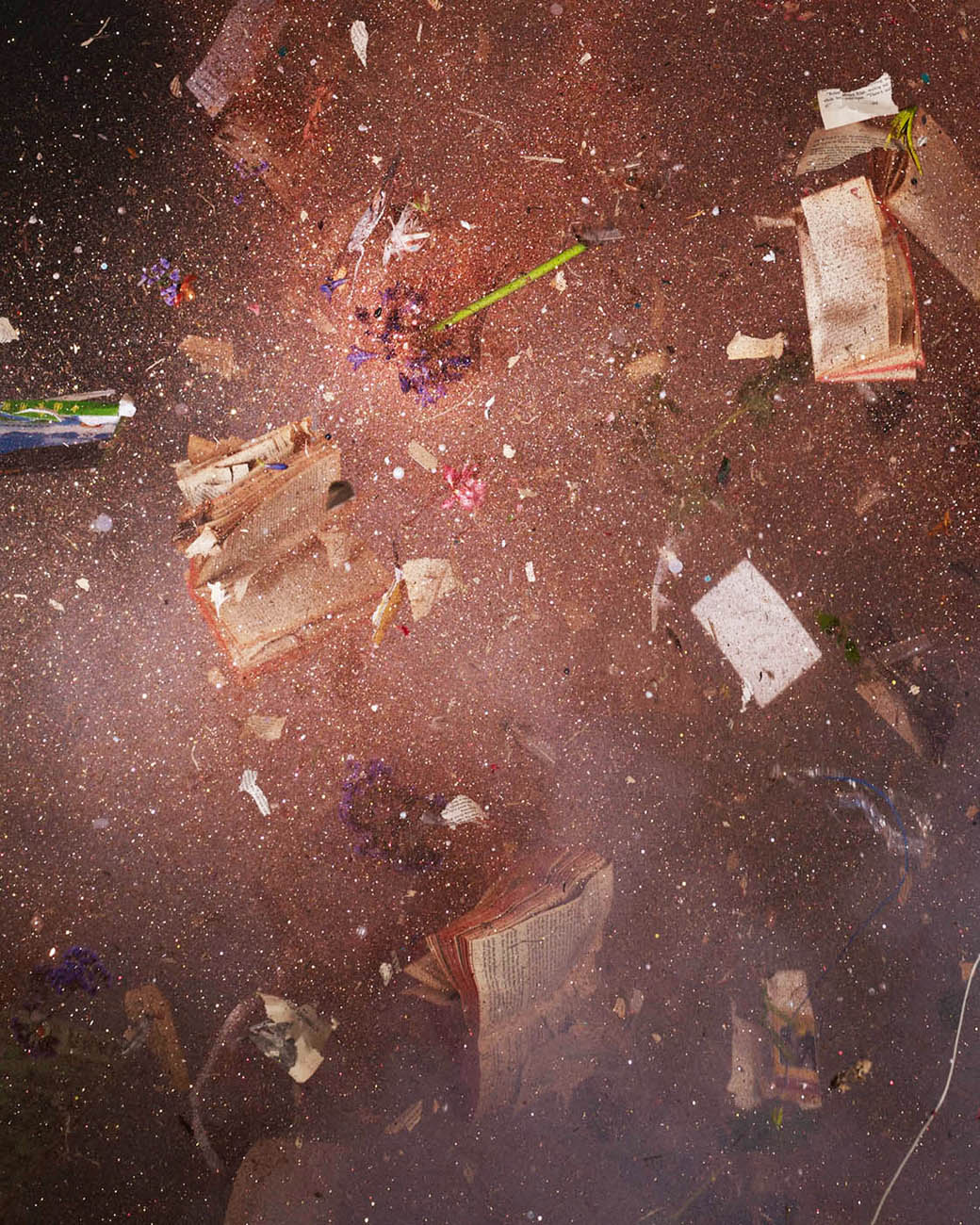Purple Magazine
— S/S 2011 issue 15
Justin Lowe & Jonah Freeman
 Bright White Underground (Profanity in the Sky), 2010, Custom pigments prints, courtsey of the artists and Country Club Los Angeles / Cincinnati
Bright White Underground (Profanity in the Sky), 2010, Custom pigments prints, courtsey of the artists and Country Club Los Angeles / Cincinnati
interview by JADE BERREAU
JADE BERREAU— What’s your next project?
JUSTIN LOWE — A performance piece that starts as a lecture and segues into a fashion show that turns into a rock show. We’re collaborating with Jennifer Herrema and her band, RTX, and probably with the fashion designers Rodarte.
JONAH FREEMAN — There are also plans to make a film from all the fictional characters and histories developed for the Bright White Underground project. It will be a kind of paranoid psychedelic odyssey using a science-fiction interpretation of the Cold War and its countercultures.
JADE BERREAU — How would you describe what you do?
JUSTIN LOWE— We make extensive multi-room environmental installations. They usually have to do with…